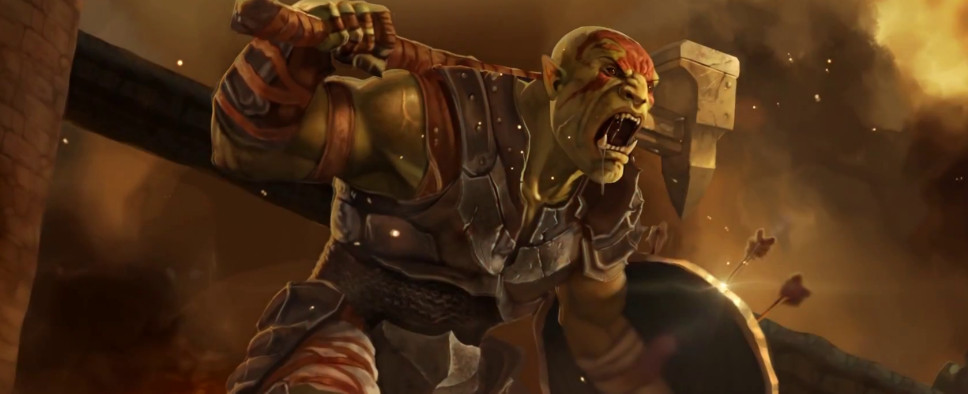The Elder Scrolls: Legends October 2017 Dev Update
-
Category: News ArchiveHits: 1570

Dire Wolf Digital, the developers behind The Elder Scrolls: Legends are trying out the whole transparency thing, and as a result, they've started a monthly developer blog. Its first installment goes over the underlying reasons behind the metagame-shifting nerfs and buffs in Legends, and the hard to define “fun” factor that does not necessarily correlate with the actual strength of a certain class and what that means for the game's balance. An interesting read, actually. Have a look:
With the recent announcement of our next story expansion, Return to Clockwork City, we thought now was as good a time as any to begin sharing a monthly developer update. At Dire Wolf Digital, our team spends a lot of time reading and listening to your feedback. We’re hoping these dev updates offer some insight into how that feedback gets translated into the changes you see in the game.
One lens we use to look at the health of the game is deck and class variety. Through this lens, we feel that the game has made tremendous strides in the last year (although there’s some room for improvement). The ideal world of class distribution would be around 10% representation for each class. However, the reality is that popularity of certain cards and decks will always bump some classes up above 10% and knock others below 10%.
In the current metagame, nine of the ten classes in Legends are within 5% of their target rate – there’s a lot of diversity out there! The tenth class, Scout, has accounted for 16.7% of the Legends metagame over the past month. That’s higher than our target, and we’re well aware of the topics surrounding it, so it’s something we’re actively keeping an eye on.
But what does that actually mean? Here’s an example:
Last year around this time, if you jumped onto the ladder, there was a very good chance you were going to be matched up against a Mage or Spellsword control deck (this was just before we started to see a rise in popularity of the deck commonly called “Action Assassin”). Because a few classes were so popular, we saw that five of our ten classes were further away from our 10% ideal than we were comfortable with. So we decided to take action to pull things back into line.
Through analytics and feedback, the community was showing us that certain classes and deck archetypes were too strong and others didn’t have the tools to compete. We addressed these problems in three ways: card balance changes, monthly cards, and expansions. We think that the expansions so far have done a good job of introducing fun new mechanics while also bringing a better balance to the game; the resulting card pool has brought the classes closer together balance-wise and also offered more archetype options (aggro, midrange, control) within each class.
Shifting metagames always have an ebb and flow as different strategies fluctuate in popularity. Recently, Scout has been the most popular class, but of course, popularity doesn’t tell the whole story. While most of us have witnessed the powerful things that Scout can pull off, the reality is that its win percentage puts it in the middle of the pack. We believe that its popularity is more attributable to players having fun and feeling good playing with it than its power level. It may have a higher perceived power level than it actually has.
One reason for this is that when you are playing Scout, more of your time is spent in a winning position than in a losing one. So, even if your win percentage is, say, 48%, you spend more time playing winning games than in your losses, and that can feel good for you (and conversely, feel bad for your opponent). We definitely want to guard against those potentially negative experiences – that’s part of the reason we increased Soul Tear’s cost in our last balance patch. We’ve also released cards like Ulfric’s Housecarl that give aggro decks more staying power in long games (and Dark Brotherhood included Garnag, who is a decent answer to ramp strategies). Something’s always going to be the most popular deck, and given Scout’s win rate, we’re comfortable with it right now.
As for those under-played classes? We definitely make an effort to give a little love to the underdogs. It’s no accident that Warrior – which had only a 1.5% representation rate a year ago – has dramatically increased in popularity, and is now coming in right on target at 10% of the metagame.
What do you want to see us discuss in our next update post? More insights into Clockwork City? Something else?? We’re always listening to player ideas and feedback, so feel free to share your own thoughts and experiences in the forums or on social media. We’ll see you next time!

